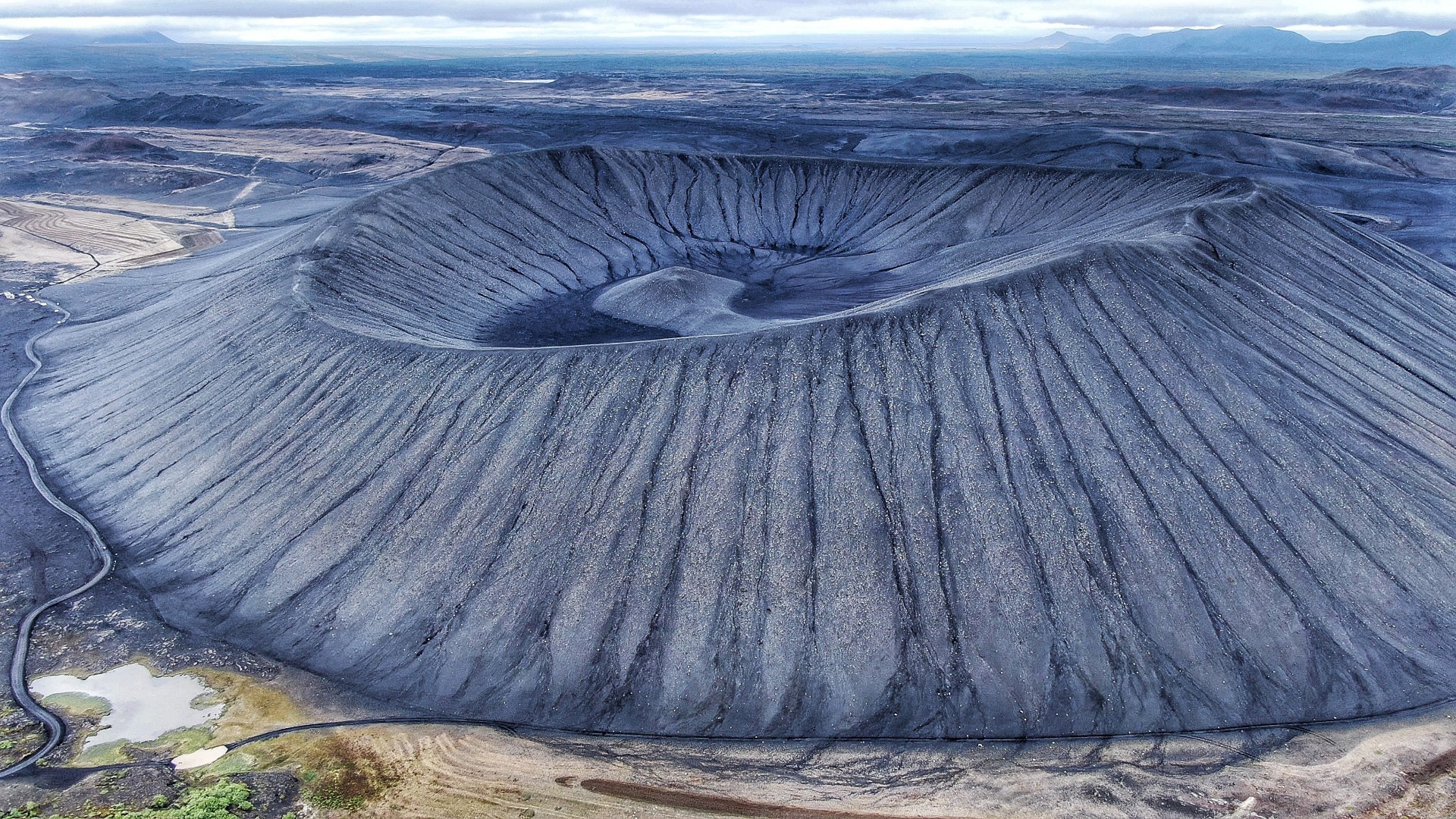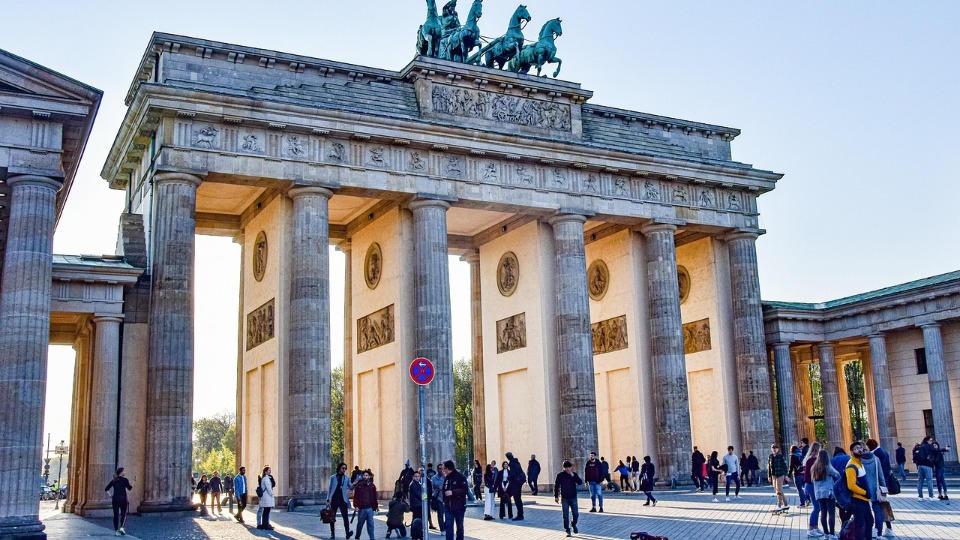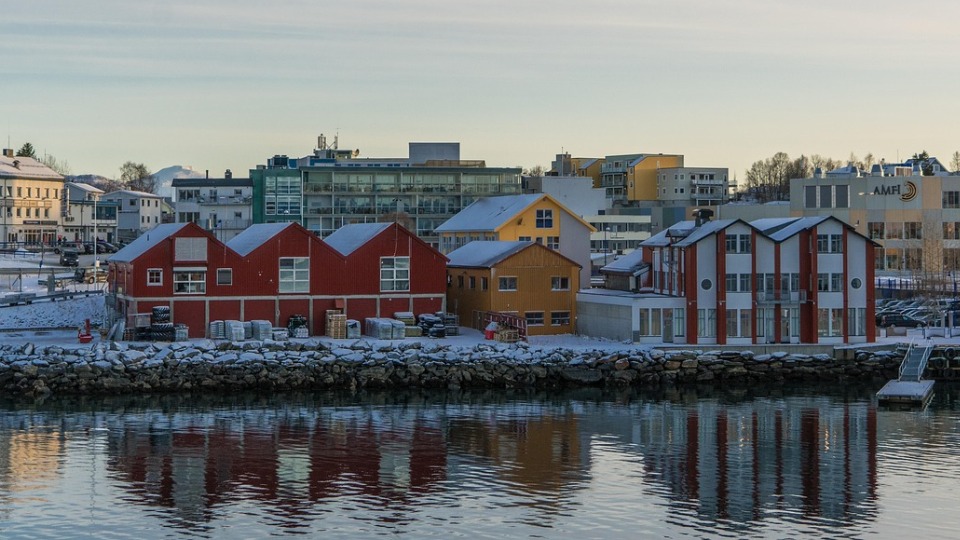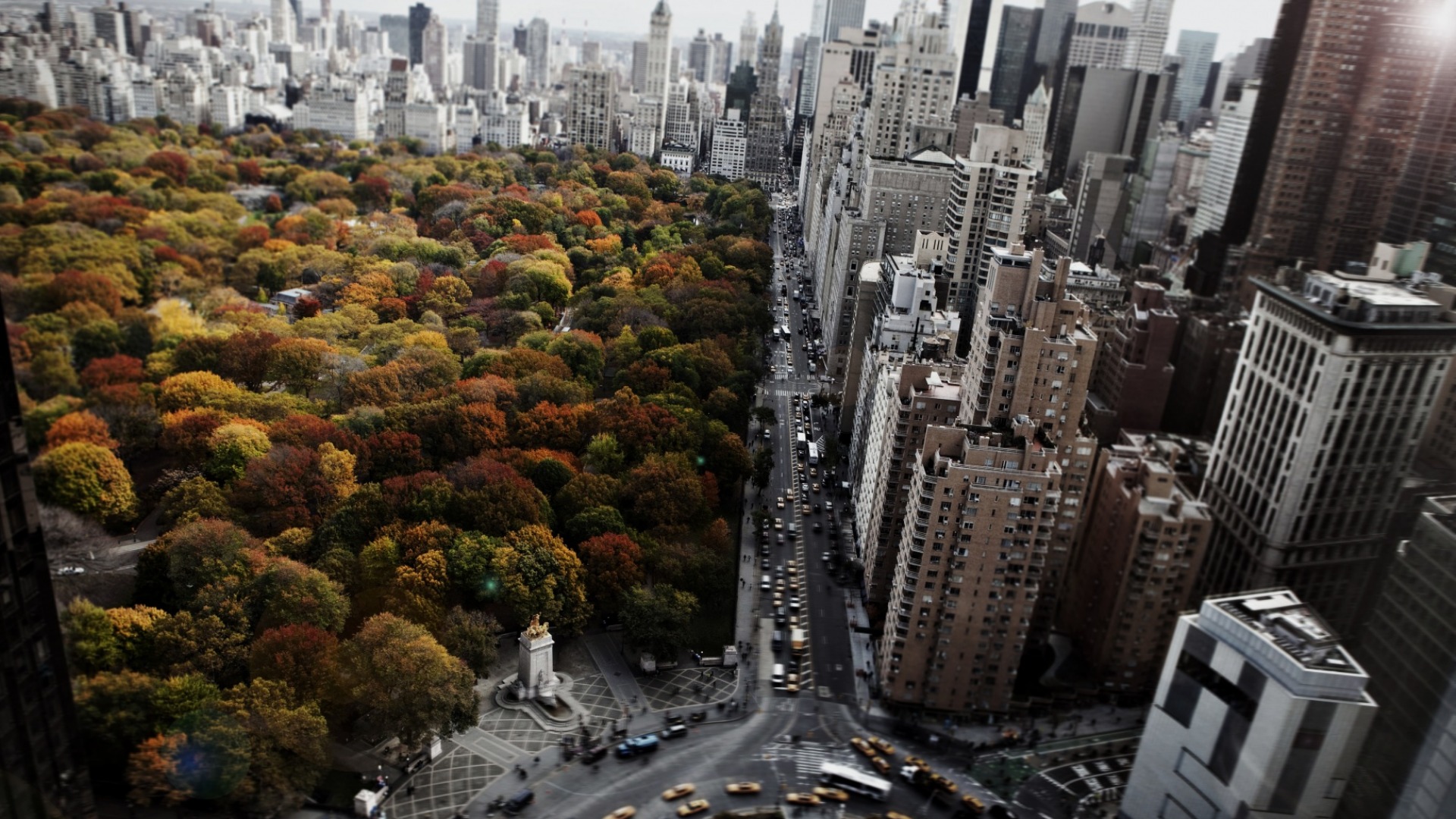
The Ramgarh Crater Rajasthan To Be Developed Into A Geo-Tourism Destination

India plans to turn a third meteor crater into a geo-tourism attraction, following the examples of Lonar, Maharashtra, and Dhala, Madhya Pradesh.
The Ramgarh crater in the Baran district will soon become a tourist hotspot thanks to the efforts of the Rajasthan Tourism Board. The crater, 12 kilometres from Mangrol tehsil of Baran district, was found in 1869 and is about 3.5 kilometres in diameter. It was reportedly created 600 million years ago when a meteorite crashed to Earth.
Costing an estimated INR 57 crore, the tourism department has begun developing the area as a tourist destination. The price tag includes investments in infrastructure and the aesthetic enhancement of the crater lake. Other ideas for the site's future development include a high-standard roadway, an info hub, a dining hall or cafeteria, parks and gardens, a ghat, as well as the construction of directional signs, a security gate, and a drip irrigation system.
Director of the Rajasthan Tourism Department Rashmi Sharma predicted that the Ramgarh crater will become a popular tourist destination in the country as a result of the state's efforts to promote geology ecotourism. In addition, Sharma noted that the Ramgarh region has been designated as a conservation zone by the forest department.
The crater's two lakes serve as a haven for a variety of migrating birds. Crater's interior is home to the Kelpuri Samadhi Sthal and a 950-year-old Devi shrine. The area is also home to a variety of wildlife, including Chital deer and wild boars. A Shiva temple built in the Khajuraho style some time around the 10th century stands on the crater's rim.
The Ramgarh crater is a geo-heritage site, which is defined as a natural geological structure having educational and scientific significance. It was recognized as the 200th meteorite impact crater in the globe by the Meteoritical Society, which is located in the United States.
After the region is developed and opened to the public, authorities are anticipating 30,000 to 40,000 annual visitors.
Source: travelandleisureasia.com








